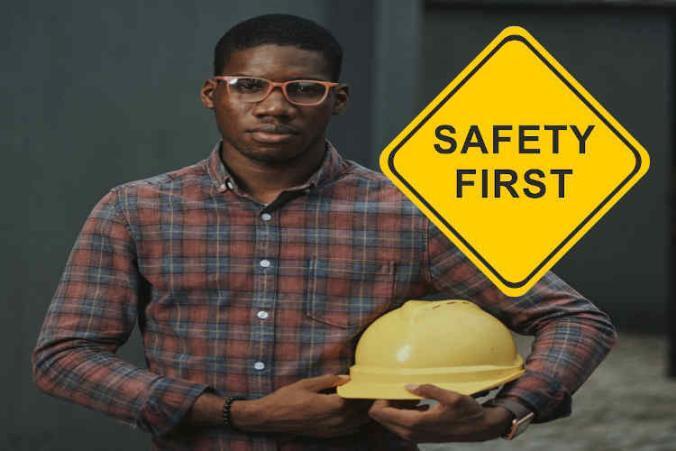I regularly applaud and give praise to the Department of Labor and Industries (L&I) when praise is due. In particular, I’m always impressed with L&I’s workplace health and safety programs. L&I dedicates tremendous resources to studying and improving safety for workers. Moreover, the L&I website contains helpful information for employers and workers alike. On top, people can sign up to health and safety newsletters. These email-newsletters comprise valuable and important information.
A recent L&I safety publication
Recently, L&I sent a newsletter with the subject “Be Kind to Your Neck and Shoulders”. It caught the attention of workers’ compensation attorneys like me who represent work injury claimants. The reason it caught our attention is because it lists causes of neck and shoulder injuries. However, the newsletter’s safety topics are ones that L&I often ignores when it comes to medical coverage.
L&I’s own guideline not covered by workers’ comp insurance
According to the publication “working with your hands overhead can cause neck and shoulder problems. Disposition can reduce blood flow to your neck and shoulders causing you to tire out quickly. Problems can begin after 30 minutes of overhead work per day”. I concur.
Now, say that workers perform overhead lifting only 30 minutes out of an 8 hour workday. That’s less than 7% of the day. Yet, according to L&I definitions, an activity that’s done for 1-10% of the day is a “seldom” activity. In my experience, when a person suffers a work injury from seldom activities, there’s higher likelihood for questioning causation. In fact, chances for doubting causation increase when L&I asks IME doctors to weigh in on causation.
Industrial insurance coverage in the L&I claim settings
I’m a workers’ compensation attorney representing work injury claimants. The L&I double-standard in this example is extremely frustrating to me. It appears that L&I acknowledges that 30 minutes of daily overhead reaching can result in shoulder injury. However, as it turns out, it only applies to safety procedures. It doesn’t apply to actual L&I claim coverage. I don’t think it’s fair. It would only be fair if L&I applies the same standard when evaluating causation for industrial insurance coverage.


